Inventory: Travel / California
Rural reboot
San Francisco Bay might be synonymous with technology but many workers are quitting the city to start craft-based careers in the nearby countryside. We head to Tomales Bay to meet those enjoying a creative rebirth in more natural surroundings.
Mariah Nielson is leaning on a heavy wooden door to a cabin in Tomales Bay, California. The house – from the Japanese garden out front to the wide deck that overlooks a valley of mossy forest – was built by her father, modernist sculptor JB Blunk. We step into a serene, shadowy living room, where squares of golden light fall on oak floors and recessed tokonoma shelves arranged with carvings, flowers and trinkets. “I’ve been calling my return here ‘the reckoning’,” says Nielson, a design curator who moved back to California last year after a long career in London. “I’ve been peripatetic for 20 years – always moving, always on flights, always changing apartments or jobs. But here, there’s a consistency and a rhythm that I feel I’m tuning in to.”
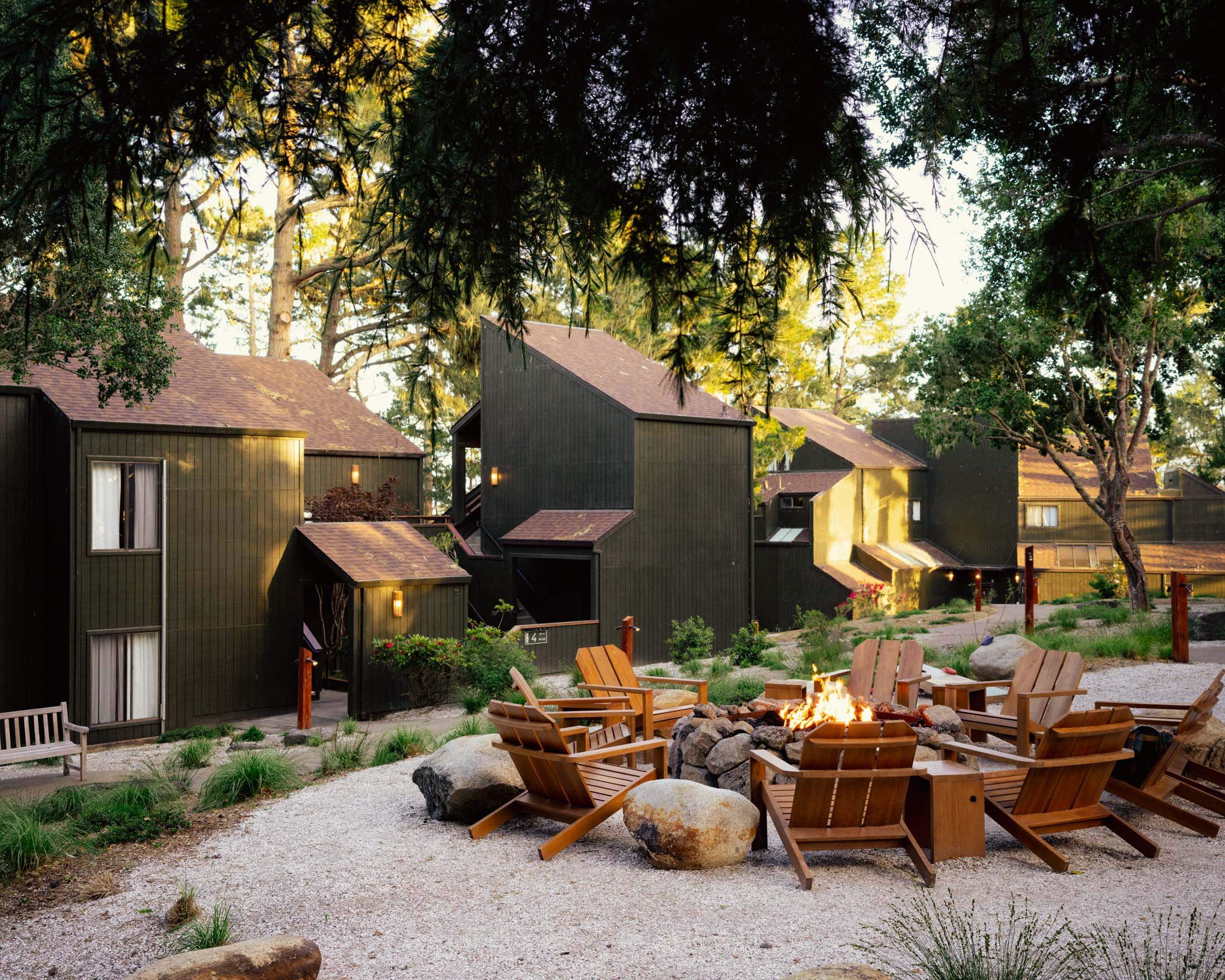
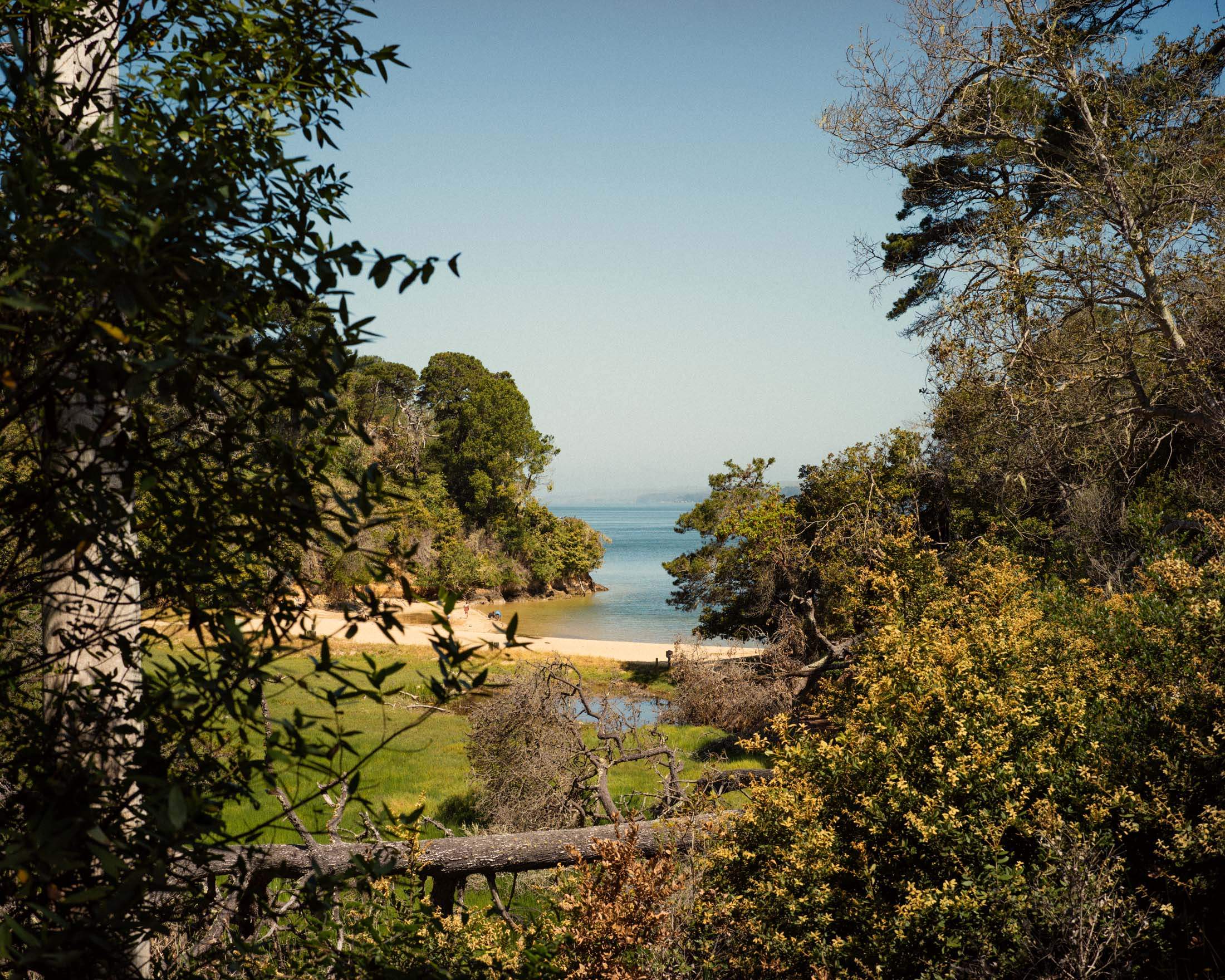
Blunk apprenticed with master Japanese potters and was a maestro with a chainsaw. He turned fallen logs into fine furniture and petroglyph-like forms, such as the tall, somewhat mysterious archway that welcomes visitors to the house. It sits at the top of a winding lane cloaked in laurel and oak trees, high above the south shore of Tomales Bay. The enclave is only a 90-minute drive from San Francisco but it has a totally different state of mind; poet Robert Bly, who lived locally, wrote about hills that “roll all the way to the sea”. Blunk moved to the area in 1957, seeking space to find his voice as an artist.
“People thought that he was mad to leave the city,” says Nielson. Yet 60 years later, his daughter is following in his footsteps – and she’s not alone. Many people are turning their backs on the promise of the US technology mecca for a quieter life in nature. Nielson, meanwhile, came back to Tomales Bay to continue tending to her late father’s legacy and the Blunk estate, which now hosts designers and artists; somewhere they can take time out and reconnect with their craft; somewhere they could take time out to reconnect with their craft. During our visit to the house, London-based ceramicist Francesca Anfossi was just setting the clay on a new body of work. Nielson has also opened an art gallery named Blunk Space in the area’s only proper town, Point Reyes, and new work made at the house is being exhibited there, along with Blunk’s pieces.
Blunk’s story is an echo of what many here are trying to achieve: creative renewal beyond the big city. Though close to San Francisco in well-heeled Marin County, Tomales Bay has remained remote. There are no tourist-trap hotels, few estate agents’ signs and dining is low-key (but great). A gentle process of rediscovery is under way as a new generation arrives seeking inspiration.
The bay’s first new hotel in years has recently opened and there is a smattering of new places to dine. Nick’s Cove, one longstanding restaurant that draws in fans from the city, has turned its row of waterside cottages into short-term lets and crafting sheds for visiting artists. Some are choosing to stick around: Los Angeles-based design studio Commune is currently working on several houses dotted around the bay, creating holiday homes for city folk, some of whom decamp to the area to turn their hand to ceramics, painting and sculpture.
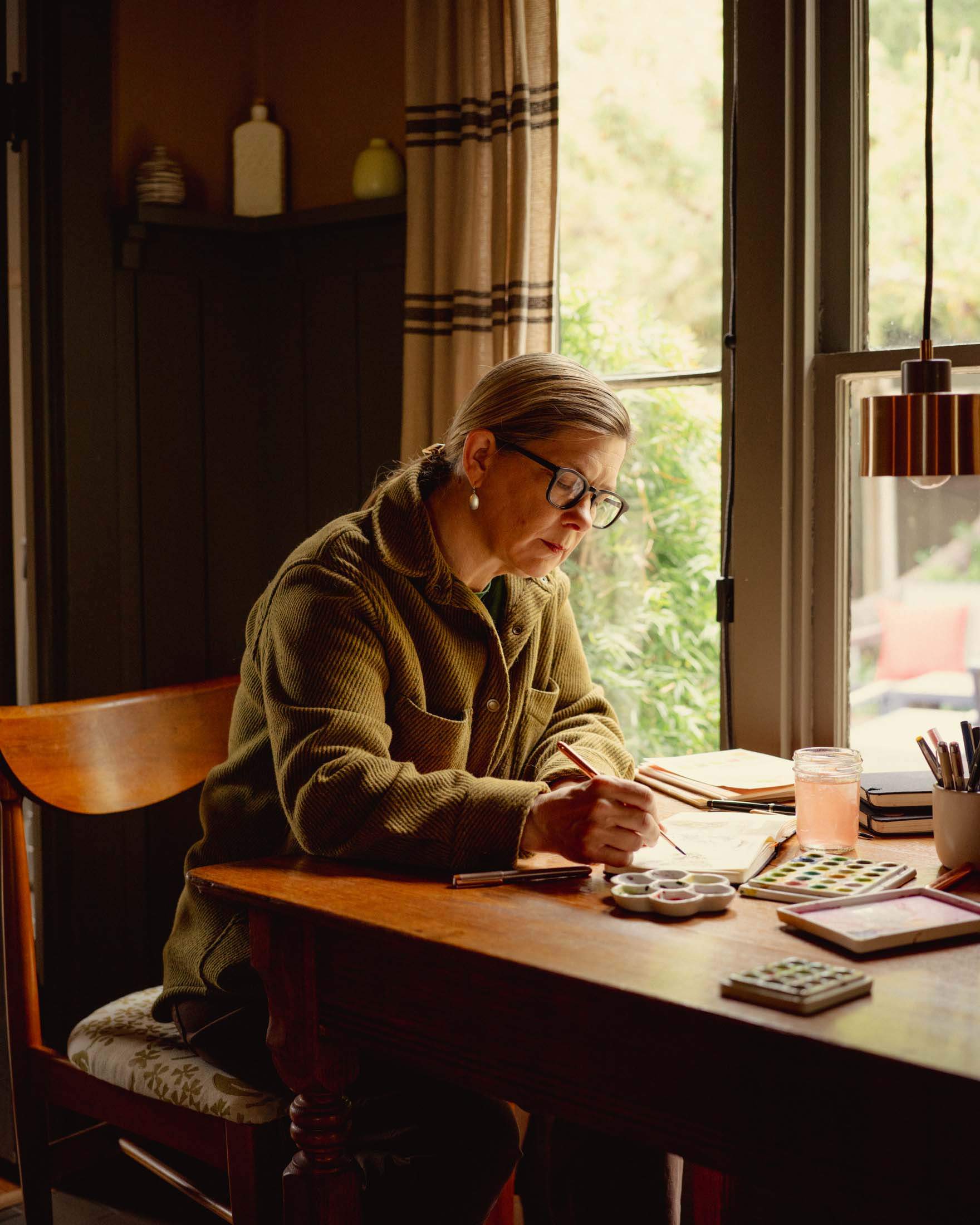
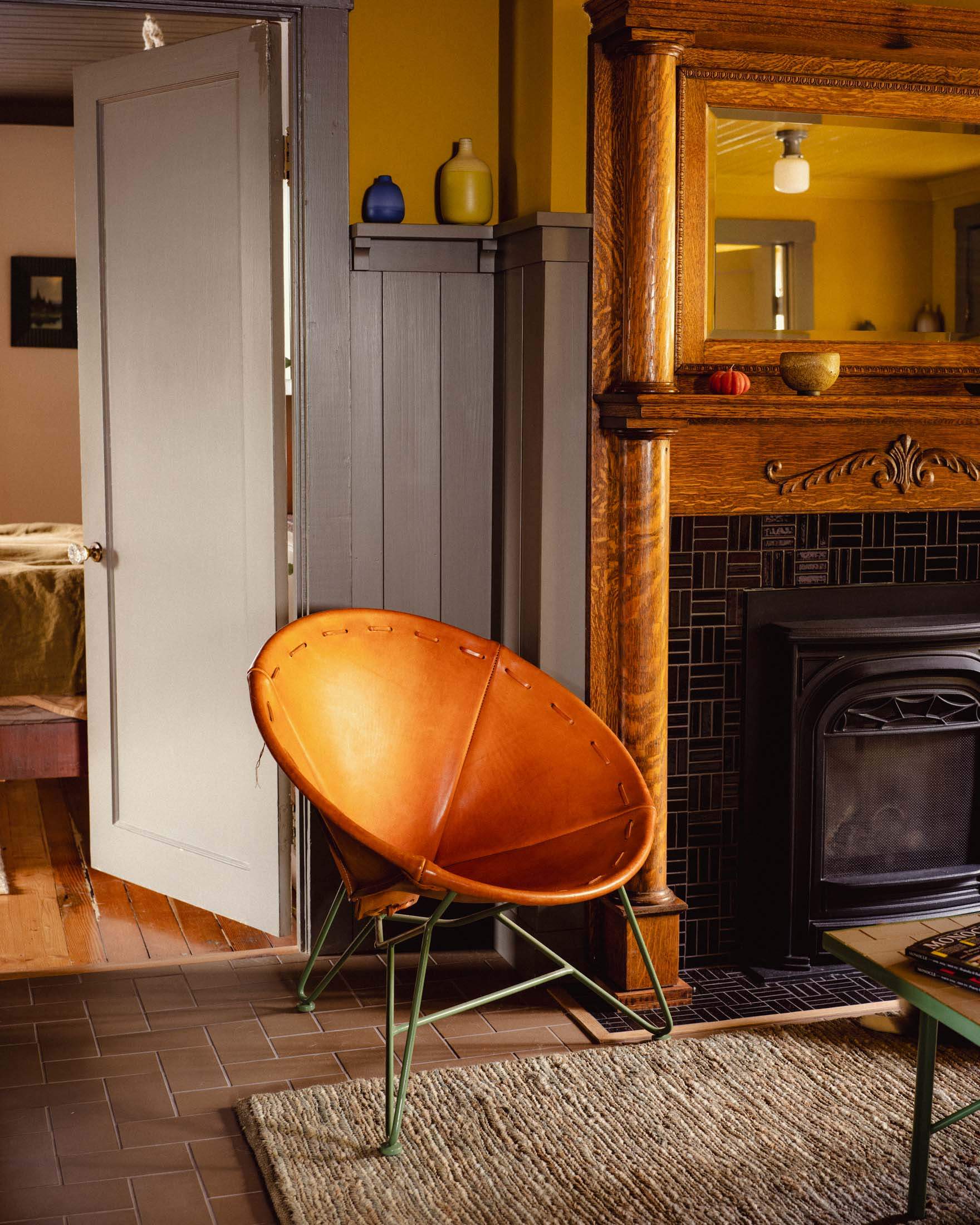
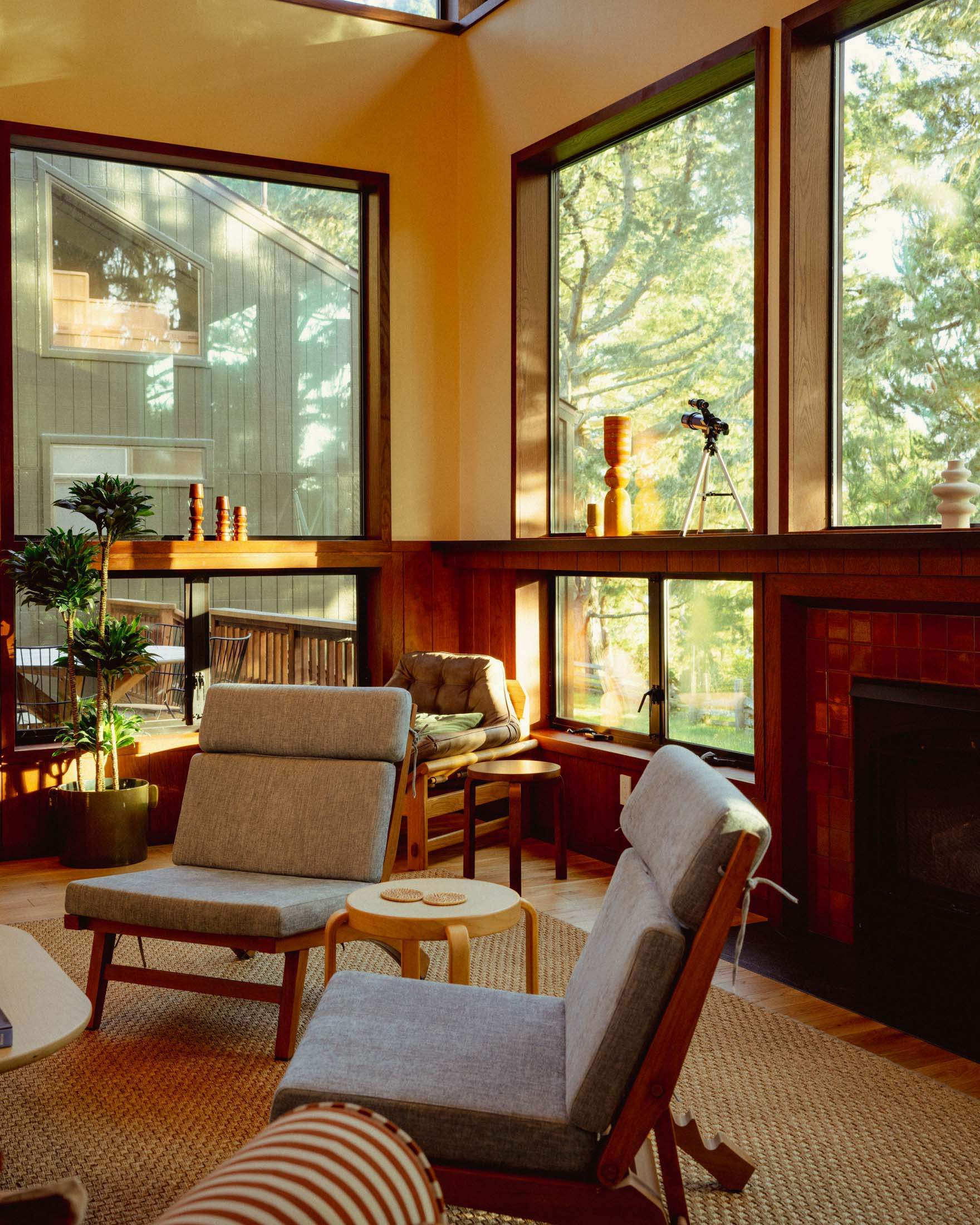
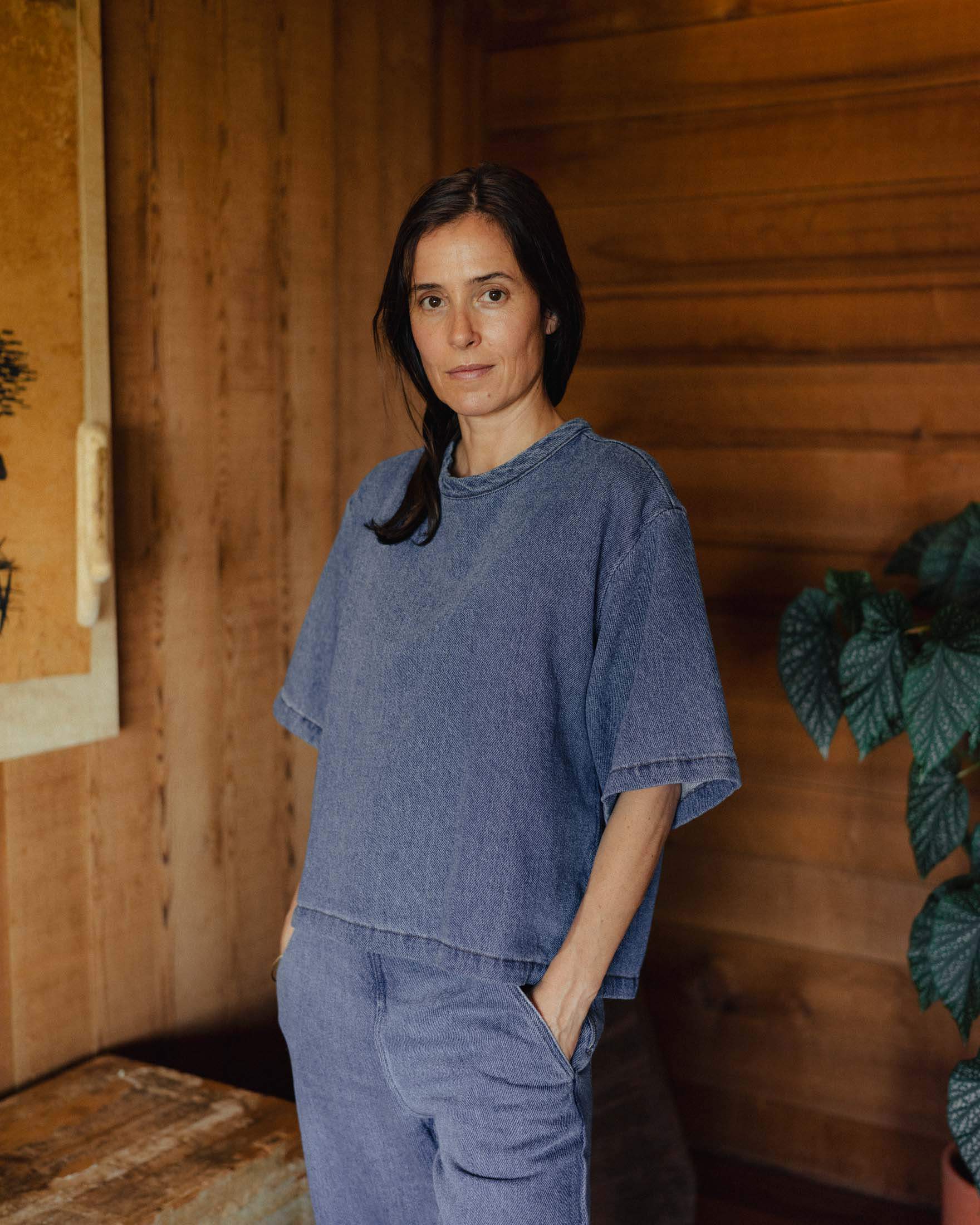
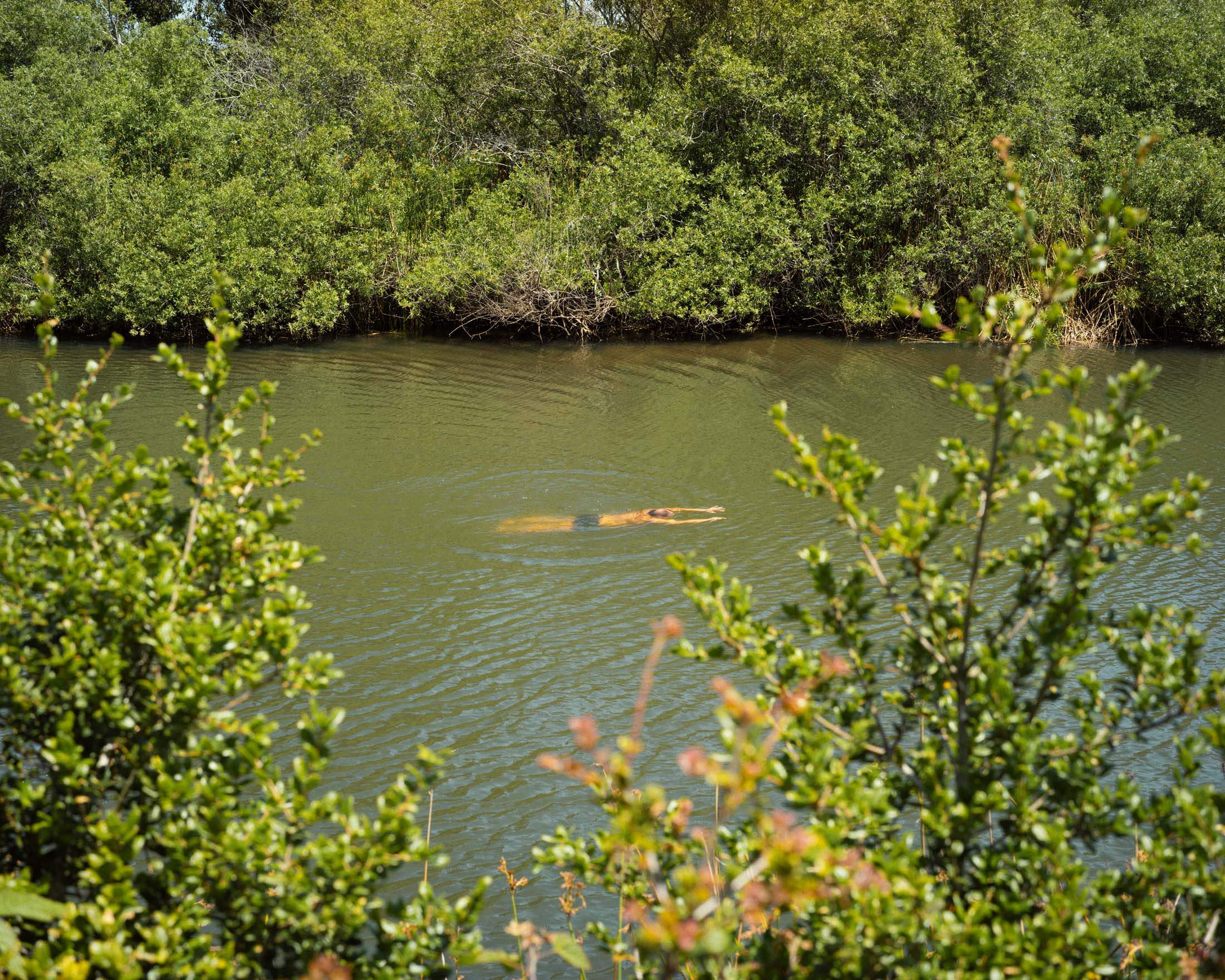
A single two-lane road follows the gently lapping bay that disappears in sea fog in the early mornings. To drive it is to circumnavigate an awe-inspiring geography – the San Andreas Fault bisects the area, so each side sits on a different continental shelf. The south is heavily wooded, with the air perfumed by the cola-like scent of sagebrush, while the opposite side is starker, with rolling hills and working dairy farms that were founded by Swiss émigrés at the turn of the 20th century.
On the banks of the bay, Catherine Bailey and Robin Petravic – who run homeware brand Heath Ceramics in Sausalito – have restored a fishing cottage for their own weekend retreat, and have begun opening it to guests in the past year. “It was once a fishing village of one-room shacks, all made from redwood trees,” says Petravic, while leading us through a living room adorned with flowers, art and a floor of Heath tiles that has the brown hue of raw clay. Some years ago, a previous owner consolidated these shacks under a single roof. The couple’s restoration has turned what was a fishing cottage with poky windows into a cosy hideaway with broad views of the water and the windsurfers carving up the waves.
“We’re happiest when we’re camping,” says Bailey, who spent the morning swimming off the jetty. “This is the closest we can get to that while still being in a house.” Bailey has found inspiration and perspective from being around this body of water. “This place feeds our projects now,” she says. “I’m currently working with seaweed.” The bay’s most sought-after bounty is its oysters. Shellfish that have grazed on this seabed are now shucked all over the state. Some three million oysters were harvested locally last year. One custodian of that brood is the Hog Island Oyster Company, whose co-founder, John Finger, came out to Tomales Bay expecting to return to the East Coast after a few years. But he fell in love with the area and decided to stay. From a tiny shack, named after a spit of land out in the bay, Hog Island’s operations have expanded to several restaurants, a hatchery and saltworks dotted around northern California.
The Marshall Store, a Tomales Bay institution, serves regional oysters and crisp sonoma wine at the water’s edge, with a simple setup of benches and clear views. There are only a handful of restaurants in the area and accommodation in Tomales Bay has always been sparse – but a new arrival is shaking things up. The Lodge at Marconi sits on a forested hillside of national parkland and was once a radio outpost of the Marconi company, built in the 1930s to receive telegraph transmissions from across the ocean. The masts have long since come down, the estate remains mostly intact and has had a bucolic redesign by New York-based Home Studios, with retreat-like rooms of spartan design that foreground bishop pines rustling outside the windows. The charcoal-coloured cabins are reminiscent of the sea ranch architectural style found a little further up California’s coast.
Local bookshop Point Reyes Books is a West Coast literary landmark; author Robert Macfarlane held a book launch there and brought the town to a standstill. It has passed through various owners, with each successive owner vetted by the last. Its latest custodians are Molly Parent and Stephen Sparks. They keep its shelves stocked with broad lists of new travel writing, photography books and poetic paeans to northern California’s mountains, forests and ocean. “We had fantasised about this bookshop because we would come up here on day trips from San Francisco and came to love this area,” says Parent. “It is the quintessential small-town bookstore.”
Even the local newspaper has a story to tell. The Point Reyes Light unearthed the goings-on of a cult called Synanon in the 1970s and helped to have the group shut down. The Light won a Pulitzer Prize and gained national attention. It still has a newsroom in town, keeping an eye on community affairs from week to week.
Getting out of the city has the potential to reframe one’s creative endeavours. Nothing offers perspective like a little distance. That was particularly true for Evan Shively, who worked as a chef before moving to the hills outside Tomales, hoping to reinvent himself as a furniture designer. He became fascinated by the sculptural qualities of the logs found in northern California and his lumberyard, Arborica, has a renowned inventory of salvaged wood, from burnt eucalyptus to what he calls “baroque” husks sought out by artists including Welsh sculptor David Nash.
Helping others realise their vision in wood, Shively explains, has given him a sense of permanence that’s rooted in the landscape of Tomales Bay. “I gave my youth to the kitchen,” he says, as we stop to admire one silvery and dramatic knot of roots. “But I wanted to make something that didn’t disappear at the end of every day.” —
Shell company
“This is a pristine body of water,” says Hog Island Oyster Company co-founder John Finger, after we’ve polished off a few cucumber-flavoured Kumamoto oysters, hauled up from the bay that morning. Finger, the so-called “head hog”, explains that the tides expose the oysters to the open air every day, causing the sweetest part, the central muscle, to thicken and grow as the shell opens and closes. Originally from Long Island, Finger says that a group including environmentalists and ranchers from the area have prevented Tomales Bay from becoming just another exclusive enclave, a Hamptons of the West Coast. “There’s still that foundation of a working place here,” he says.
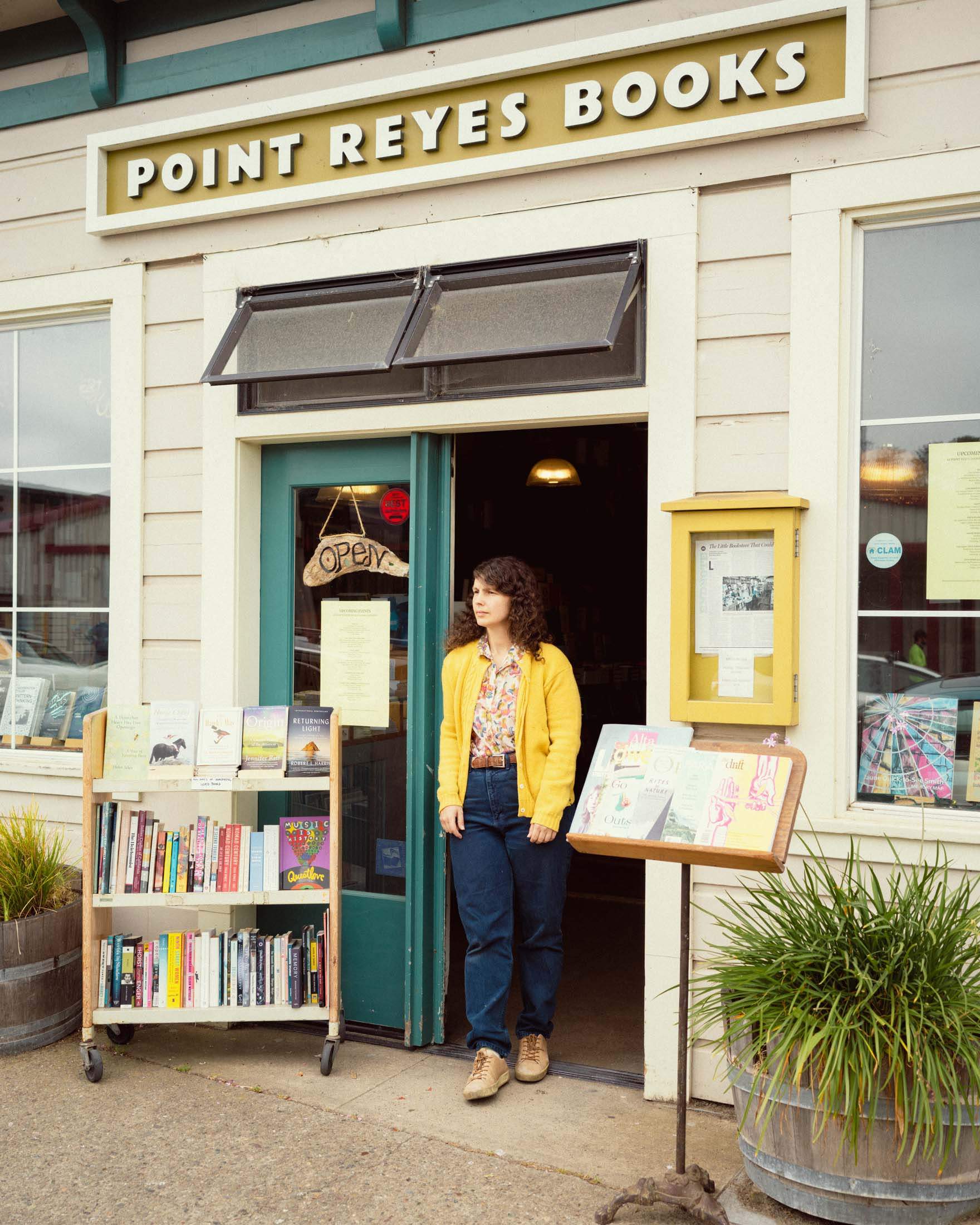
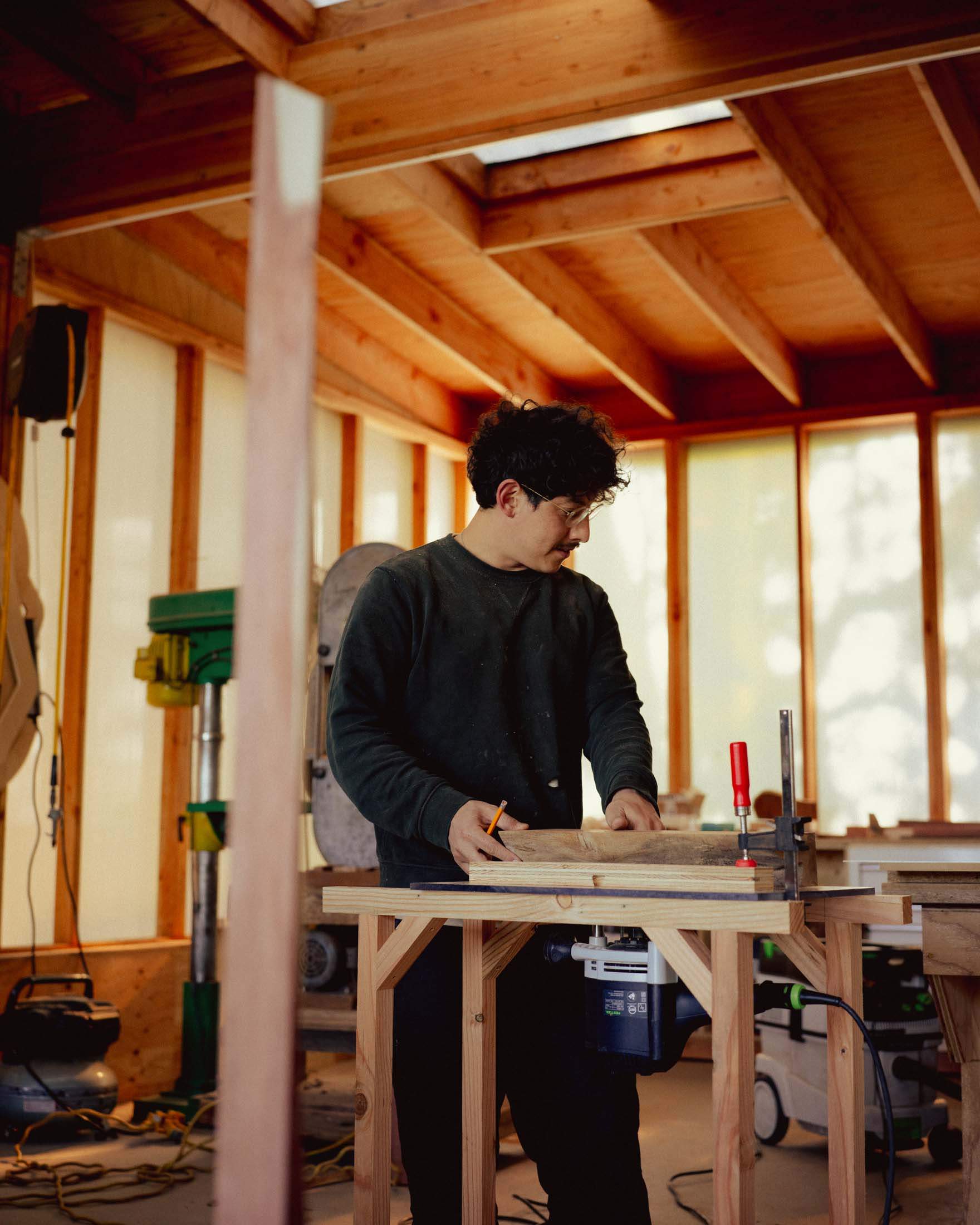
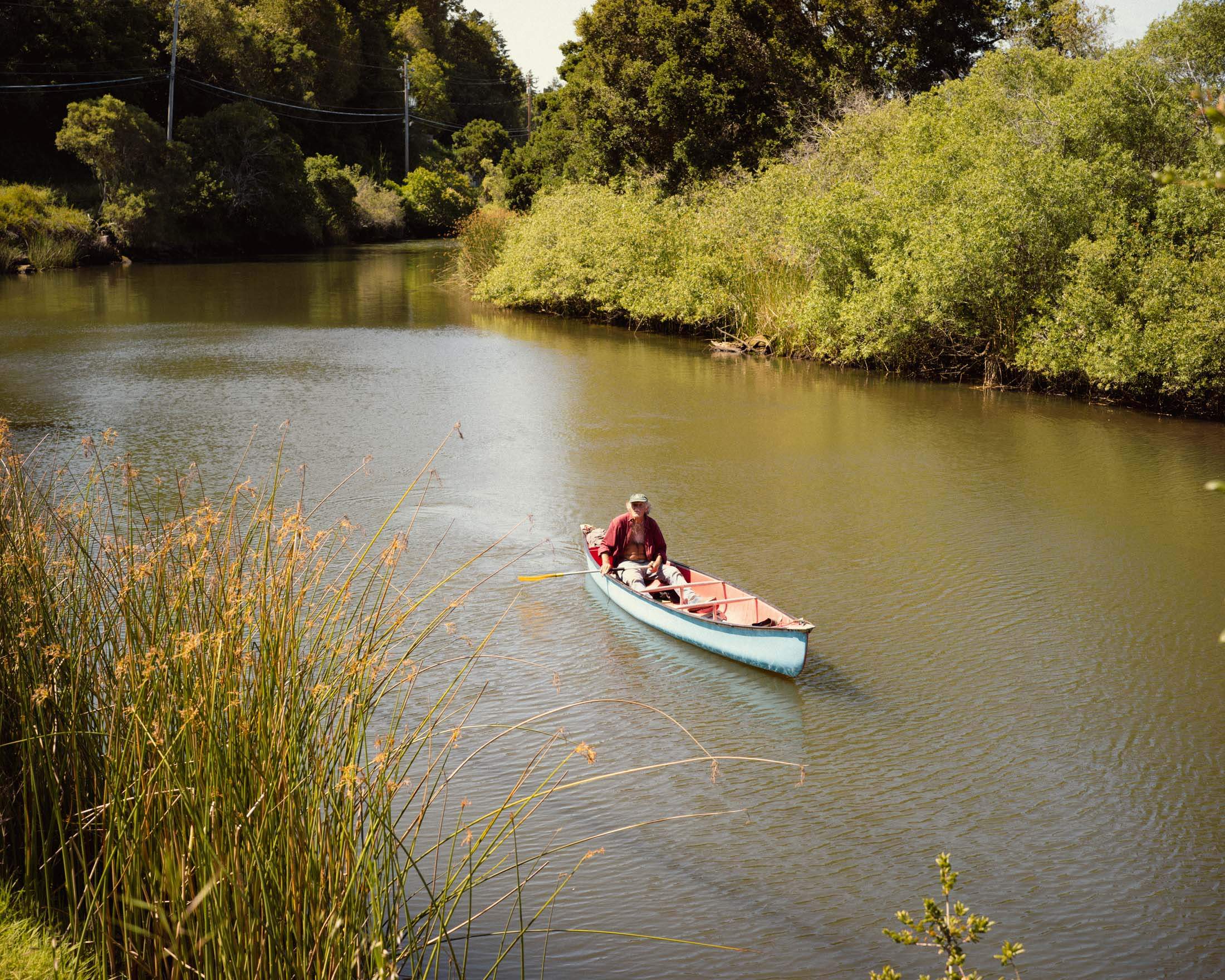
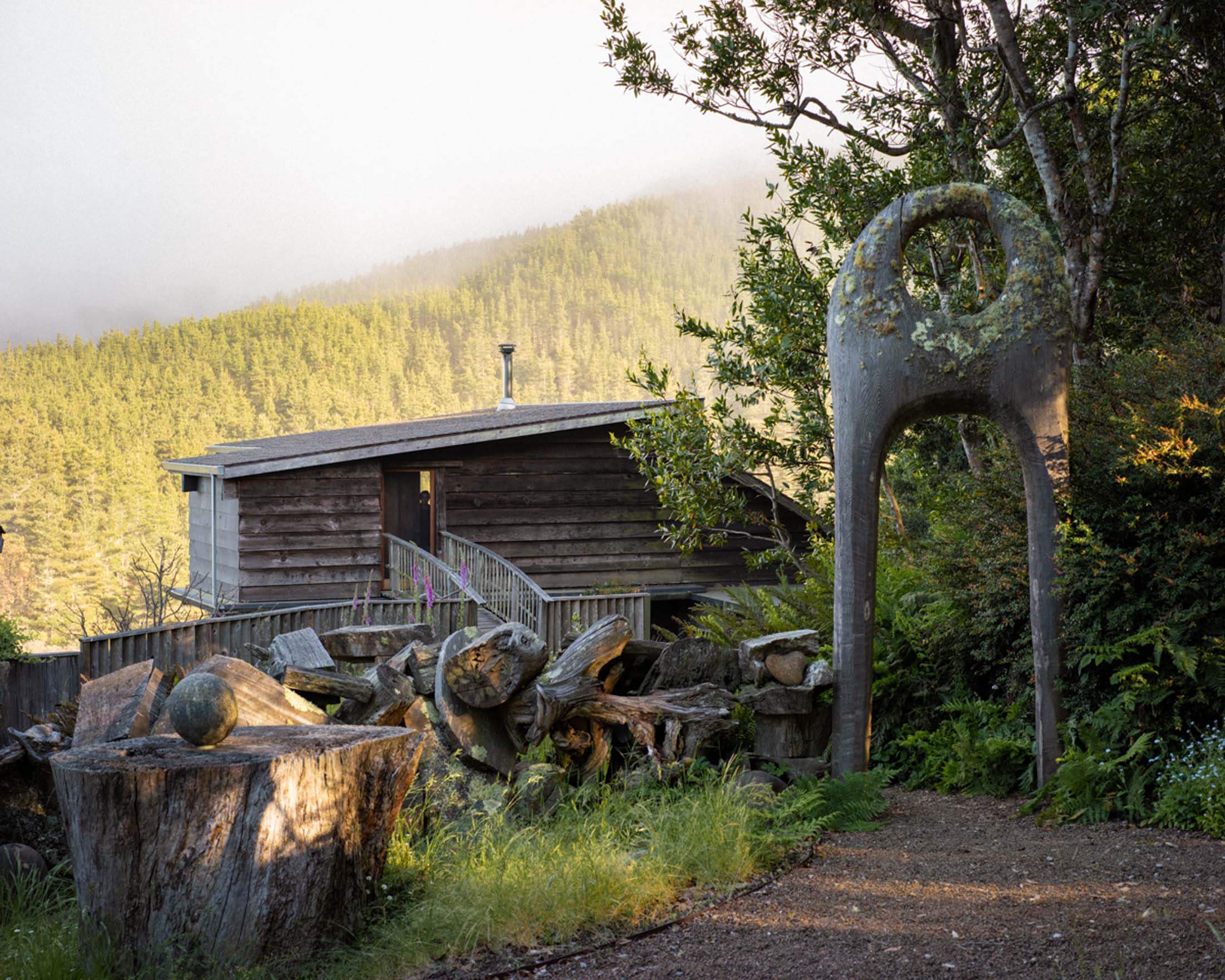
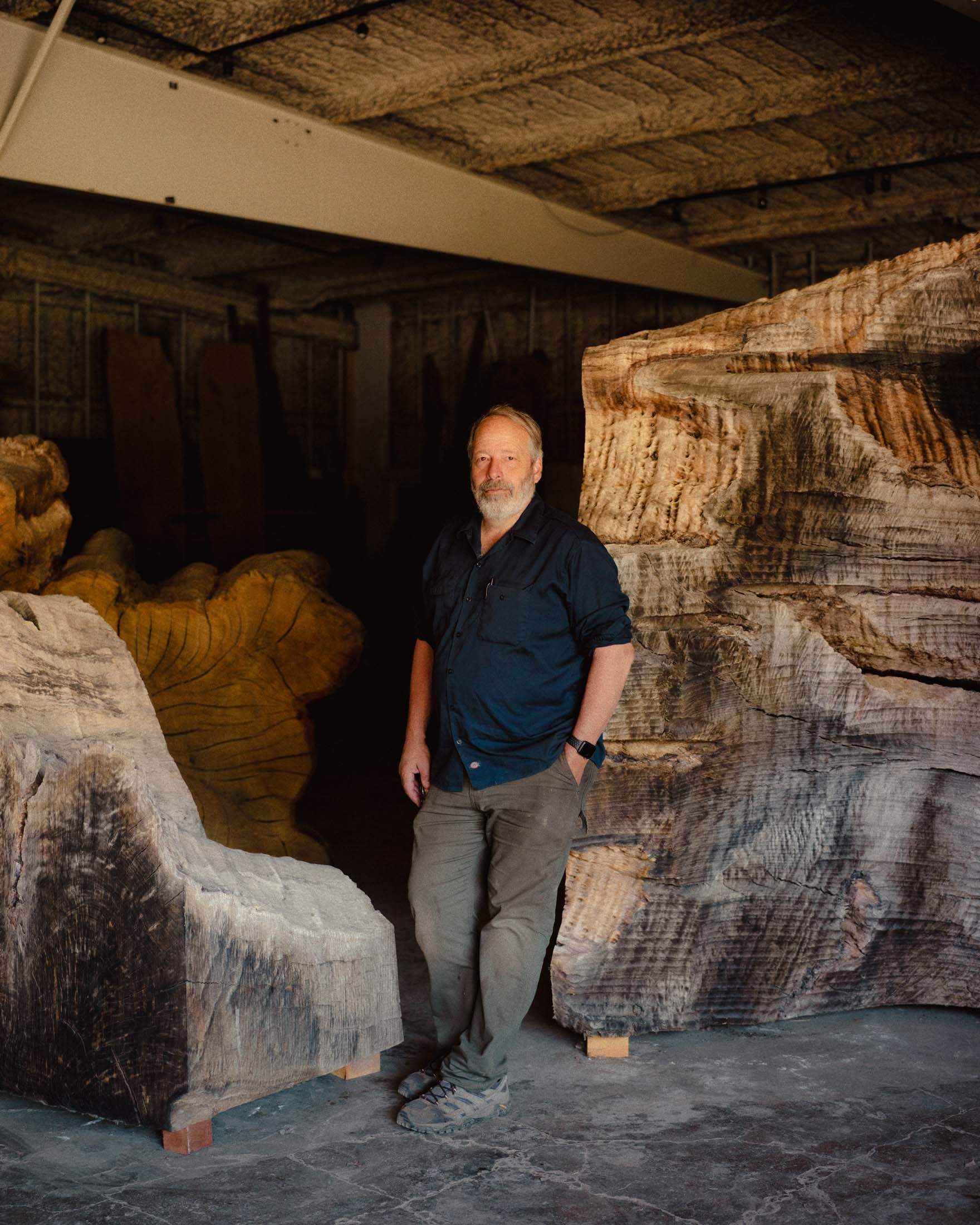
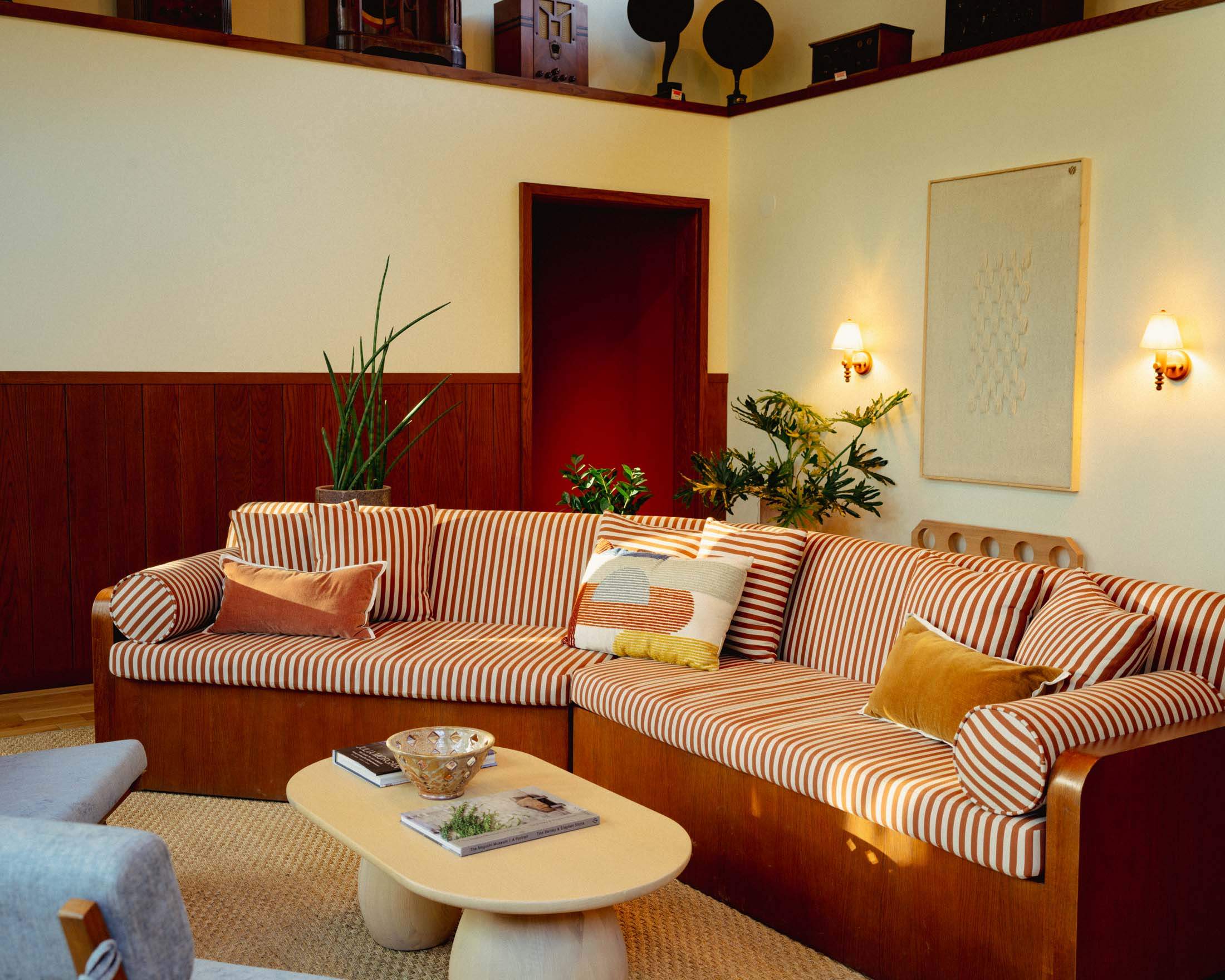
Tomales Bay address book
Stay
Fisherman’s Cottage
The couple behind Heath Ceramics have rescued waterside shacks and turned them into a homely retreat.
marshallfishermanscamp.com
Dine
Saltwater
Serving oysters from the bay and crisp Sonoma wines in a dining room in Inverness.
saltwateroysterdepot.com
Shop
Monk Estate
Lazuli Whitt presents inspiring one-off jewellery pieces from European markets, as well as books and homeware.
monkestate.com
Shop
Point Reyes Books
A bright light of literary northern California with a thoughtful selection of nature and travel writing to inspire local rambles.
ptreyesbooks.com
See
Blunk Space
An art gallery run by the daughter of sculptor JB Blunk, showing new work relevant to Tomales Bay.
blunkspace.com


